
|
|
|
|
|
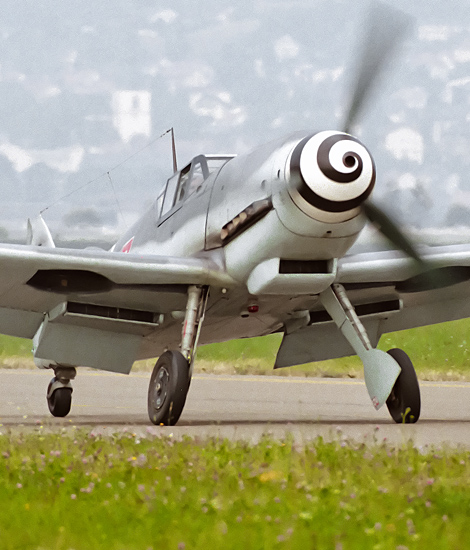
|
The Zeltweg Airpower 2005; Zeltweg, June 25, 2005
Farewell of the Saab Draken; Text and Photograph's by Alex van Noye
The Saab J-35Ö Draken was purchased by the Austrian Air Force in 1987. The Draken will be phased out at the
end of 2005 after a period of 18 years. The Draken will probably be replaced by the Eurofighter. A major flight
pass with Drakens was held during the Zeltweg Airpower in 2005 to honor this Swedish aircraft.
The Saab J-35 Draken is an interceptor aircraft which was built by the Swedish aircraft manufacturer Saab.
Later the plane was also developed as a trainer under the name SK-35C and as a photo reconnaissance aircraft
under the name S-35E. In total, 650 Drakens were built in several variants. The Saab Draken was operational
within the air forces of Denmark, Finland and Sweden. The aircraft is currently still operational at the
Austrian Air Force. Austria is the last country in the world which still flies the Draken. The Drakens will
probably be replaced by the Eurofighter EF2000 at the end of 2005. The Draken was from 1971 onwards replaced
in the Swedish Air Force by its successor, the Saab JA-37 Viggen. The Technological progress was enormous just
after World War II. The development of modern fighter aircraft had much progress at this time. Sweden was as
a neutral state technologically far enough to enter the jet age on its own capacity. The country had developed
a number of solid planes which were their time far ahead. The Swedish government gave the order to develop an
interceptor aircraft under the name project 1200 as a replacement for the Saab 29 Tunnan in 1949. The Saab
design team came up with a radical design for its time in the form of project 1250. This design was focused
on a delta wing with an angle of 70°. A next design even led to a double-delta structure with a thicker inner
side of the wing at an angle of 80° and a thinner outer surface of the wing at an angle of 57°. The thick wing
section contains the fuel and the landing gear. The thin outer wing yielded in additional capacity at take-off
and flights at low speed. This was very important for operations on short improvised runways. The thin outer
wing gave a big profit in the low-drag characteristic which was needed for flying at high speed.
The result of Project 1250 was the Saab 210 Lilldraken (Little Dragon). Nobody believed the performance results
of this aircraft design, because it was its time far ahead. The first flight of the Lilldraken was in January
1952. Test pilot Bengt Olow
|
|
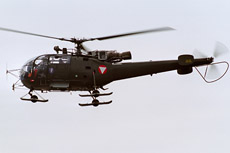
|
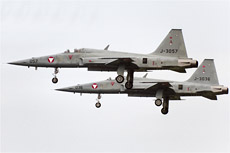
|
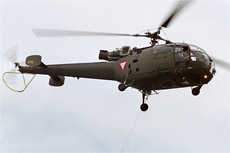
|
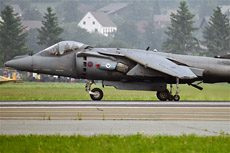
|
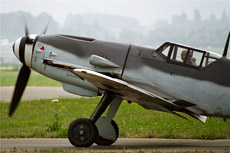
|
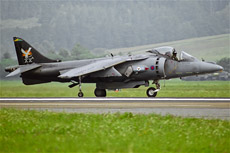
|
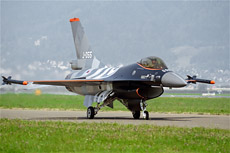
|
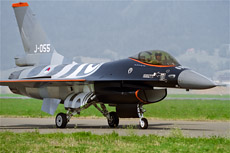
|
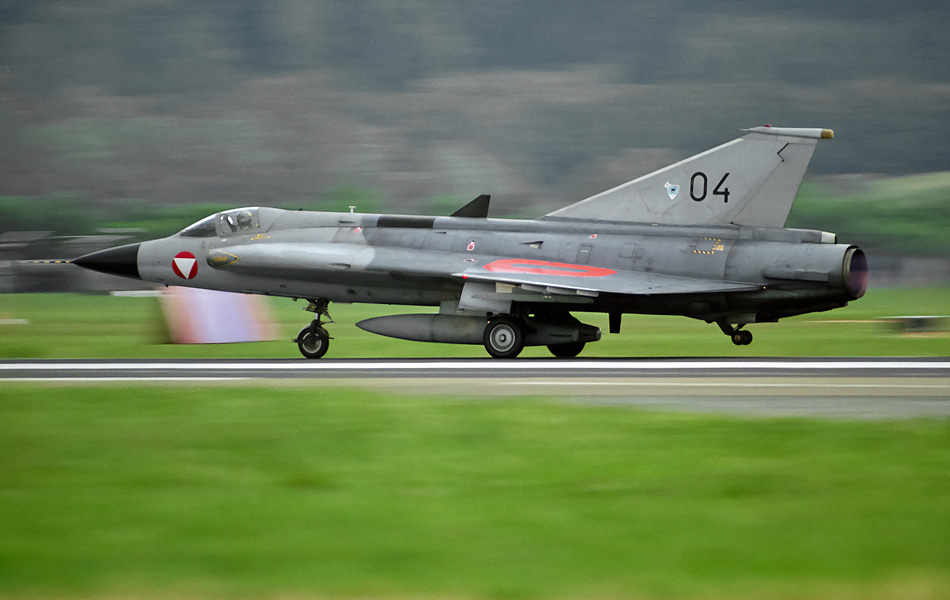
|
brought the aircraft which was equipped with an Armstrong Siddeley Viper turbojet in the air. The Lilldraken made
more than 1,000 test flights. Originally, the air inlets of the Saab 210 were positioned in the nose of the aircraft.
When a serious design flaw was found, the design was modified and the air intake was placed in the root of the wing.
The result was the Saab 210B. This aircraft eventually became the first prototype of the Saab J-35 Draken. The
Swedish Air Force ordered 3 prototypes and 3 pre-production Saab J-35 Drakens in 1953. These aircraft were in the
factory equipped with a British Avon 200 turbojet. Not much later, the engine was replaced by the license built
Flygmotor Svenska AB. The first flight of the prototype was in October 1955. One year later, 2 aircraft had to make
a belly landing due to problems with the landing gear. The tests were resumed at the end of 1956 and the problems
with the landing gear were solved. One of the 3 prototypes was lost in a hangar fire. The serial production of the
J-35A Draken started in 1956. This aircraft was developed further and it had a top speed of Mach 1.8. The first
Drakens were delivered to the Swedish Air Force in March 1960.
The primary user of the Draken was Sweden with 550 aircraft. The following variants have served in the Swedish Air
Force; 5x prototype J-35, 90x J-35A (Adam) with the RM6B engine, 73x J-35B (Bertil) with a redesigned afterburner,
25x Sk-35C (Caesar) double trainer, 92x J-35D (David) with enhanced RM6C engine, 60x S-35E (Erik) Recce variant,
230x J-35F (Filip) second generation Draken and 67x J-35J (Johan) which were updated Filip Drakens. Denmark was in
addition to the Swedish Air Force the second country which used the Draken. The Danes flew a total of 51 Drakens.
The aircraft in Denmark were of 3 variants, namely; 20x A-35X as a replacement for the F-100 Super Sabre, 20x S-35XD
as a replacement for the RF-84F Thunder Flash and 11x Sk-35XD for training. The third country which flew with the
Draken was Finland. The Finns had 48 Drakens in use of 4 variants. The 4 variants of the Finns were; 12x J-35XS built
from kits in Finland, 7x J-35BS leased from Sweden and bought later, 24x J-35FS bought second hand from Sweden and 5x
the Sk-35CS also bought second hand in Sweden.
The fourth user of the Saab J-35 Draken was Austria. Like Sweden, Austria introduced the Draken as the successor of
the Saab 29 Tunnan. The Tunnan was phased out in 1972 when the Draken entered service. Austria bought 24 Drakens
which were updated from J-35D to J-35Ö. These Drakens were all ex Swedish Air Force Drakens which were converted
to J-35Ö. The letter Ö in the type designation J-35Ö represents Österreich (Austria). The aircraft were purchased
by the Austrian Air Force in 1985. The aircraft were delivered after modernization between 1987 and 1989. Austria
does not have training variants of the Draken. The training of the Austrian pilots is outsourced to Sweden. A couple
of Sk-35C's stayed in service in Sweden after the retirement of the Draken in the Swedish Air Force. These aircraft
were used to train the Austrian pilots. The J-35Ö is in Austria mainly used in the role of air defense fighter. The
Austrian Draken can also be equipped with a reconnaissance pod for aerial photography. Initially, the Drakens in
Austria were only armed with a board weapon. Austria had signed a neutrality agreement in the past; the planes were
therefore not armed with Sidewinders. These rules were relaxed after the fall of the Soviet Union in 1991. The Drakens
were from that moment armed with the Sidewinder missile. The Austrian government announced to phase out the Draken in
1998. The purchase of a replace- ment would take some time. Eventually, it was decided to phase out the Drakens at the
end of 2005. A number of Northrop F-5E Tiger II aircraft were leased from the Swiss Air Force. This aircraft will
serve as interim until the successor of the Saab Draken is known. The successor of the Draken will be the Eurofighter
or the Grippen.
|
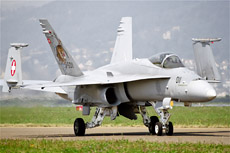
|
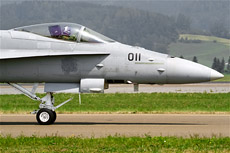
|
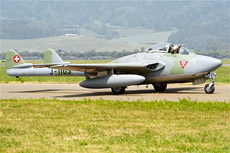
|
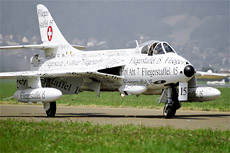
|
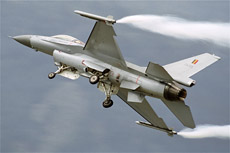
|
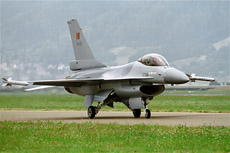
|
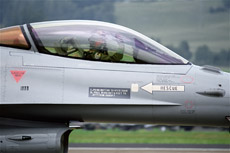
|
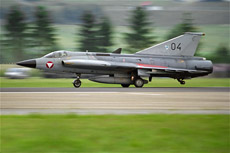
|
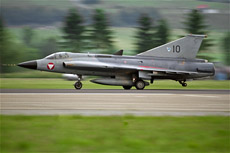
|
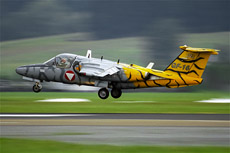
|
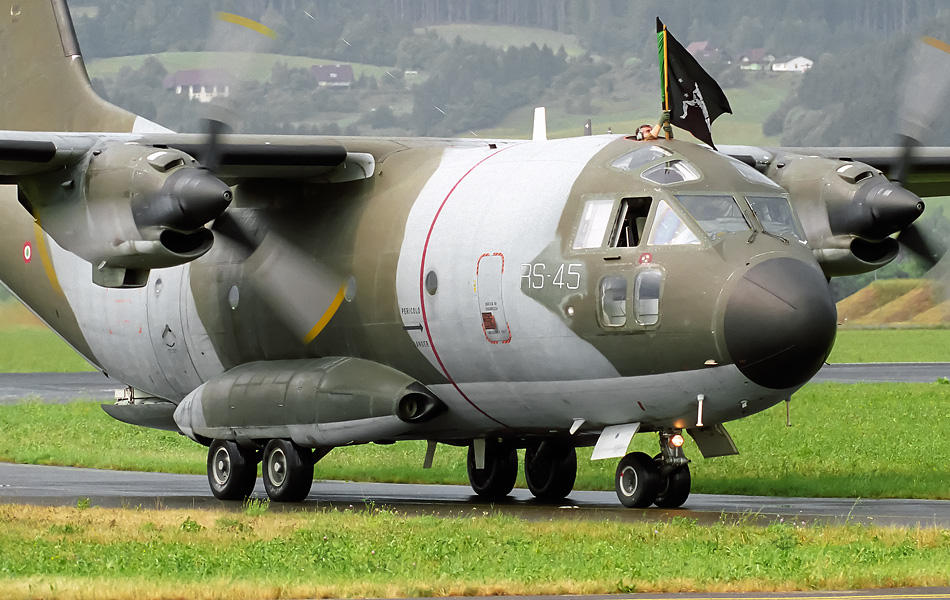
|
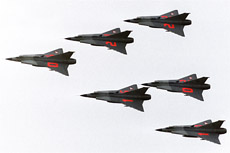
|
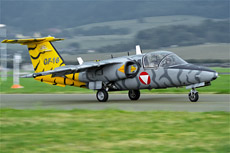
|
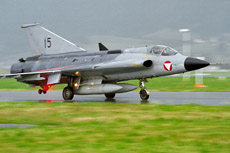
|
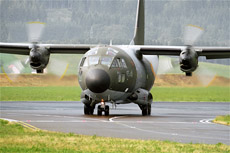
|
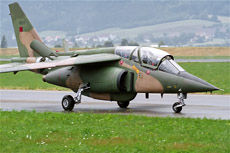
|
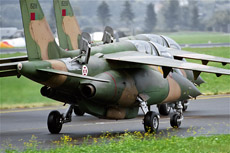
|
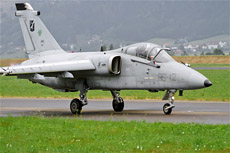
|
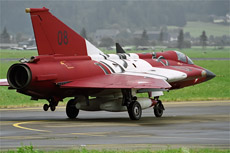
|
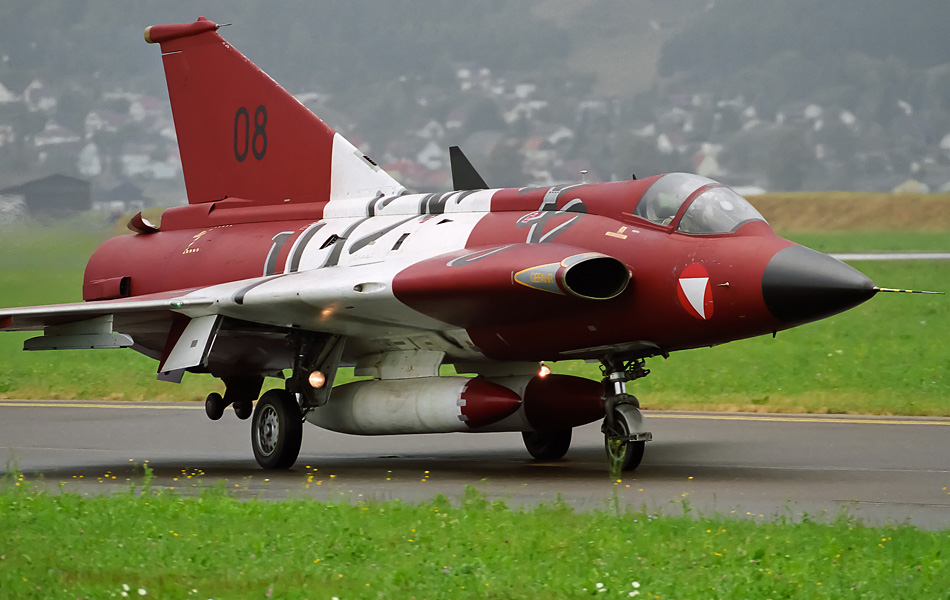
|
|
|

|







